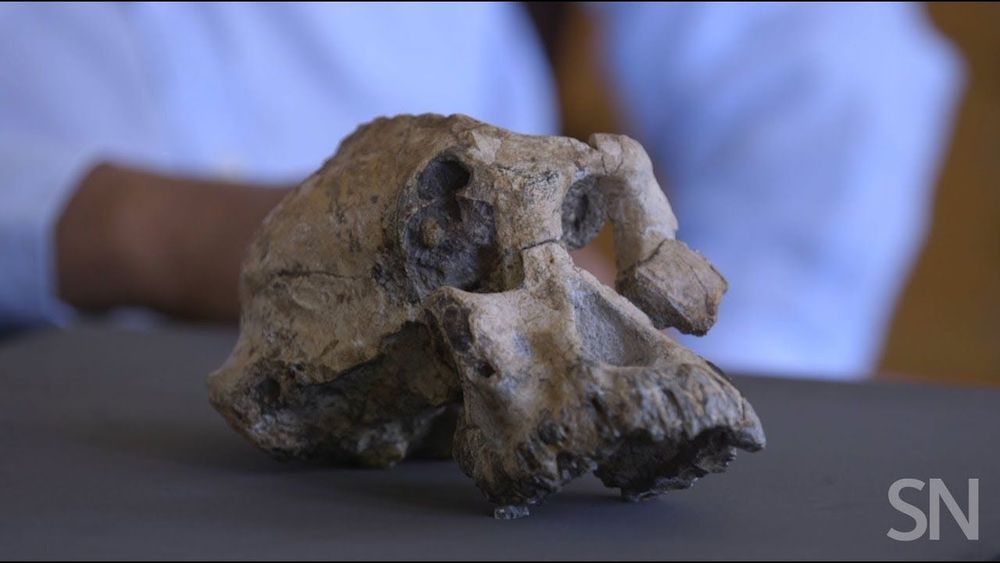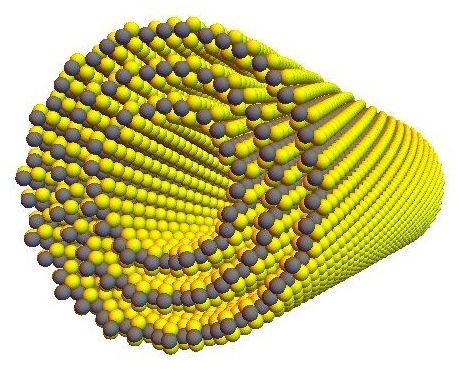Aug 29, 2019
An asteroid larger than some of the world’s tallest buildings will zip
Posted by Alberto Lao in category: space
An asteroid larger than some of the world’s tallest buildings will zip by Earth next month.
An asteroid larger than some of the world’s tallest buildings will zip by Earth next month.

Ummmn o.o!
How are black holes born? Astrophysicists have theories, but we don’t actually know for certain. It could be massive stars quietly imploding with a floompf, or perhaps black holes are born in the explosions of colossal supernovas. New observations now indicate it might indeed be the latter.
In fact, the research suggests that those explosions are so powerful, they can kick the black holes across the galaxy at speeds greater than 70 kilometres per second (43 miles per second).
Continue reading “Millions of High-Speed Black Holes Could Be Zooming Around The Milky Way” »

Y. Haile-Selassie et al. A 3.8-million-year-old hominin cranium from Woranso-Mille, Ethiopia. Nature. Published online August 28, 2019. doi:10.1038/s41586-019‑1513-8.
B.Z. Saylor et al. Age and context of mid-Pliocene hominin cranium from Woranso-Mille, Ethiopia. Nature. Published online August 28, 2019. doi:10.1038/s41586-019‑1514-7.
Continue reading “A hominid skull fossil reveals the face of Lucy’s possible ancestors” »
An international team of researchers led by the University of Tokyo has discovered a new material which, when rolled into a nanotube, generates an electric current if exposed to light. If magnified and scaled up, say the scientists, the technology could be used in future high-efficiency solar devices.


The answer to halting triple-negative breast cancer, the deadliest of all breast cancers, may have just been discovered by researchers from Boston Children’s Hospital.
A CRISPR gene-editing system — all encompassed into a nanogel capsule, that is then injected into the affected person’s body — is the potential antidote to stopping the growth of triple-negative breast cancer tumors.
Continue reading “CRISPR Nanogel Pill Could Be the Answer to Stop Triple-Negative Breast Cancer” »
C.A. Trujillo et al. Complex oscillatory waves emerging from cortical organoids model early human brain network development. Cell Stem Cell. Vol. 25, October 3, 2019, p. 1. doi: 10.1016/j.stem.2019.08.002.
It’s the most complex integration of carbon nanotube-based CMOS logic so far, with nearly 15,000 transistors, and it was done using technologies that have already been proven to work in a commercial chip-manufacturing facility. The processor, called RV16X-NANO, is a milestone in the development of beyond-silicon technologies, its inventors say.
Unlike silicon transistors, nanotube devices can easily be made in multiple layers with dense 3D interconnections. The Defense Advanced Research Projects Agency is hoping this 3D aspect will lead to commercial carbon nanotube (CNT) chips with the performance of today’s cutting-edge silicon but without the high design and manufacturing cost.
Some of the same researchers created a modest one-bit, 178-transistor processor back in 2013. In contrast, the new one, which is based on the open source RISC-V instruction set, is capable of working with 16-bit data and 32-bit instructions. Naturally, the team, led by MIT assistant professor Max Shulaker, tested the chip by running a version of the obligatory “Hello, World!” program. They reported the achievement this week in Nature.
A black hole is a region of spacetime exhibiting gravitational acceleration so strong that nothing can escape, not even light. These cosmic phenomena are said to form when massive stars collapse at the end of their life cycle. Then, they can continue to grow by absorbing mass from their surroundings, engulfing stars in their path and merging with other black holes.
